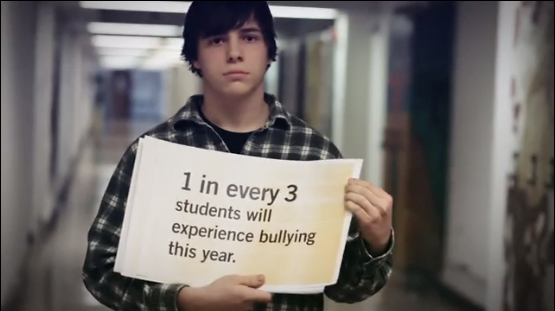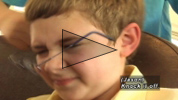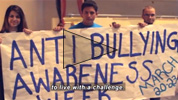<< Learning Center
Media Accessibility Information, Guidelines and Research

Bullying: An Increased Risk for Children with a Disability
October is National Bullying Prevention Month
Children who have a physical, sensory, or intellectual disability are at an increased risk of bullying due to stigma, negative traditional beliefs, and misunderstanding by other children. They face an increased risk of violence, teasing, and harassment.
The Described and Captioned Media Program is a partner with PACER's National Bullying Prevention Center, and offers several described and captioned videos on the topic of bullying, freely available to DCMP members.*
Videos With Lesson Guides
- No Way!!! To Treat Others - Grades 9-12
- Planting the Seeds of Peace: Exploring And Celebrating Our Differences - Grades 3-6
- I Was Cyberbullied - Grades 7-12
- Chrysanthemum - Grades PS-4
- Student Health and Safety: Stopping Bullying Through the IEP - Grades 10-12
- Real Life Teens Series: Cyber-Bullying - Grades 9-12
- Sexual Harassment at School (Educator Video) - PT/TT
- Sexual Harassment at School (Student Video) - Grades 7 - 12
Highlighted Videos and Resources
- No Ordinary Hero: The SuperDeafy Movie - Grades 5-12
- Tip Sheet: What Should You Do if Your Blind or Visually Impaired Child is Bullied? {PDF}
*School personnel and family members working with children who are deaf, hard of hearing, blind, visually impaired, or deaf-blind can access thousands of described and captioned educational videos at no cost.
Sign up today!
PACER National Bullying Prevention Center
One out of every seven students is either a bully or bullied. The PACER Center has many resources to use during National Bullying Prevention Month and year-round.

PACER National Bullying Prevention Center















